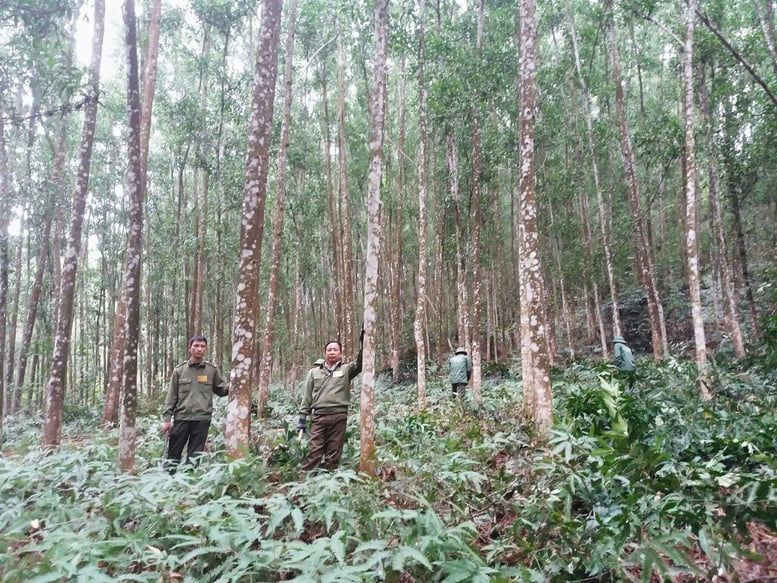
Circular 16/2025/TT-BNNMT clearly defines functions between administrative levels to avoid overlap in forest management - Photo: VGP/Do Huong
This provision is stated in Clause 4, Article 13 of the Circular and is considered a significant institutional step forward in the forestry sector. Previously, forestry technical plans, including forest ecotourism models, had to be submitted to the district or provincial level for approval, which made the process lengthy and incurred significant costs for the people.
With the approval authority given to the commune level, forest management and exploitation initiatives associated with in-situ conservation led by the community will be more convenient in completing procedures. This content is assessed to be highly practical, suitable for the characteristics of production forests, buffer zones and forest cores, where local people are the direct force involved in resource management.
Not only stopping at the commune level, the Circular also clearly defines the functions between administrative levels to avoid overlap in forest management. The Ministry of Agriculture and Environment continues to play the role of central-level state management, in charge of inter-regional and inter-provincial contents such as establishing or adjusting special-use forests, deciding to close or open natural forests in two or more provinces.
Provincial People's Committees are responsible for appraising dossiers on conversion of forest use purposes and approving sustainable forest management plans of organizations not under central ministries or branches. Commune People's Committees are assigned to review and approve dossiers on forest lease, appraise technical designs of forestry projects, and organize the supervision of forestry activities in the area.
This entire process is specifically regulated in terms of documents, forms and processing time (up to 15 working days), depending on the content, to improve coordination efficiency and minimize overlapping procedures between levels.
The implementation period of each plan (ecotourism, resort or entertainment) is a maximum of 10 years. The accompanying content must include a map of the current forest status, a land use map and a management map according to TCVN standards. The plan also needs to clarify technical factors such as forest status, sub-area - plot - plot, tree species and origin of forest formation.
In addition, forest owners can choose between international or domestic certification systems, if they need sustainable forest certification. The assessment is based on a framework of 7 principles, 36 criteria and 139 technical indicators, opening up market access opportunities for legal timber and sustainably sourced forest products.
Circular 16 also provides detailed regulations on the organization of forest fire prevention and fighting forces. In case of emergency, if the Chairman of the Commune People's Committee is not present at the scene, the command authority can be temporarily transferred to the local forest ranger, village chief or forest owner.
This change is to improve the ability to respond quickly to incidents, limit the situation of waiting for instructions that slows down handling. At the same time, localities must arrange regular guard forces, organize early warnings, train skills and prepare full equipment according to the specific list in the Appendix of the Circular.
Delegating technical authority to the commune level is a step forward that clearly demonstrates the spirit of administrative reform in the forestry sector, focusing on people and local authorities. When communities can proactively develop plans, commune authorities are given the authority to appraise, and processes are clearly standardized, the goal of sustainable forest management will be closer to reality.
This Circular will take effect from July 1.
Do Huong
Source: https://baochinhphu.vn/quan-ly-rung-ben-vung-phan-cap-den-tung-xa-102250624141334649.htm


![[Photo] Close-up of modernized Thu Thiem, connecting new life with District 1](https://vphoto.vietnam.vn/thumb/1200x675/vietnam/resource/IMAGE/2025/6/24/d360fb27c6924b0087bf4f288c24b2f2)
![[Photo] The 9th Party Congress of the National Political Publishing House Truth](https://vphoto.vietnam.vn/thumb/1200x675/vietnam/resource/IMAGE/2025/6/24/ade0561f18954dd1a6a491bdadfa84f1)


![[Photo] General Secretary To Lam meets with the Group of Young National Assembly Deputies](https://vphoto.vietnam.vn/thumb/1200x675/vietnam/resource/IMAGE/2025/6/24/618b5c3b8c92431686f2217f61dbf4f6)



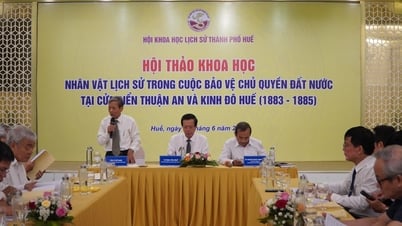










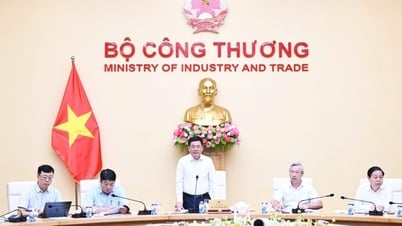
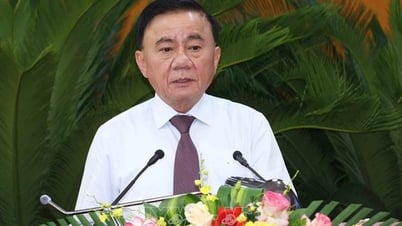




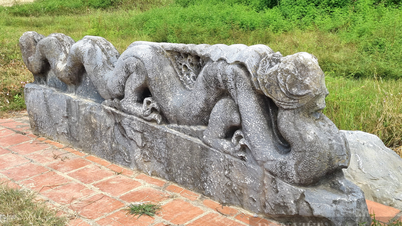

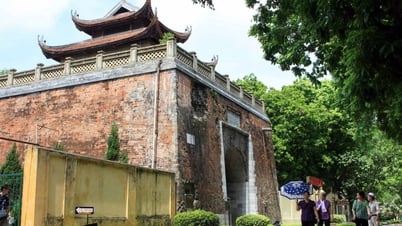
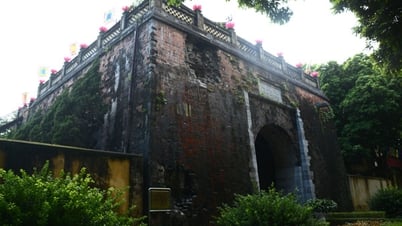






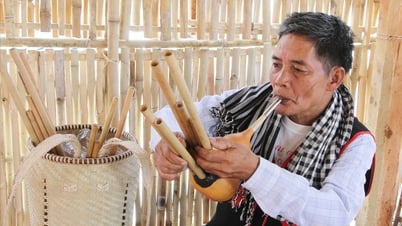












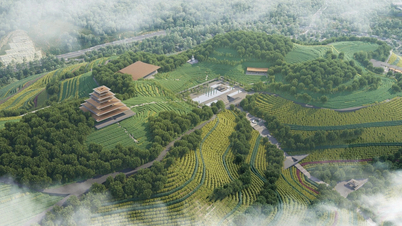










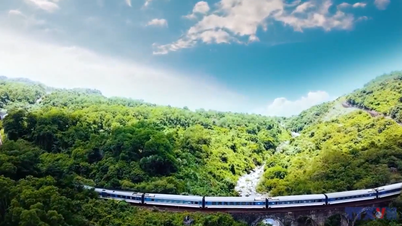






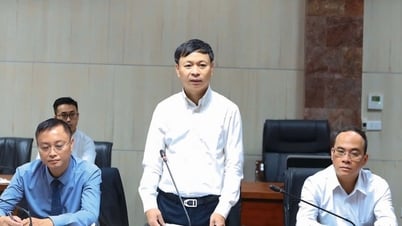



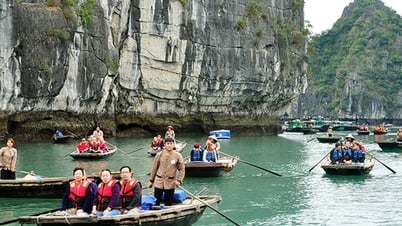

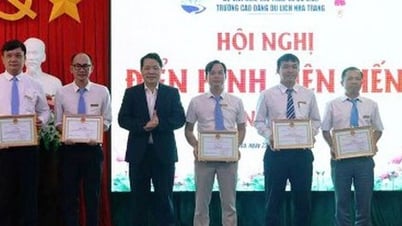



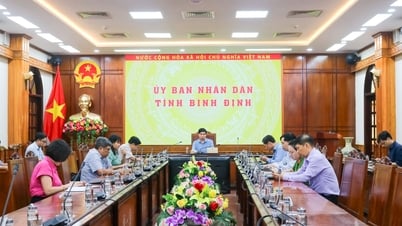







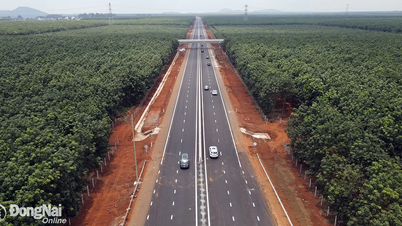












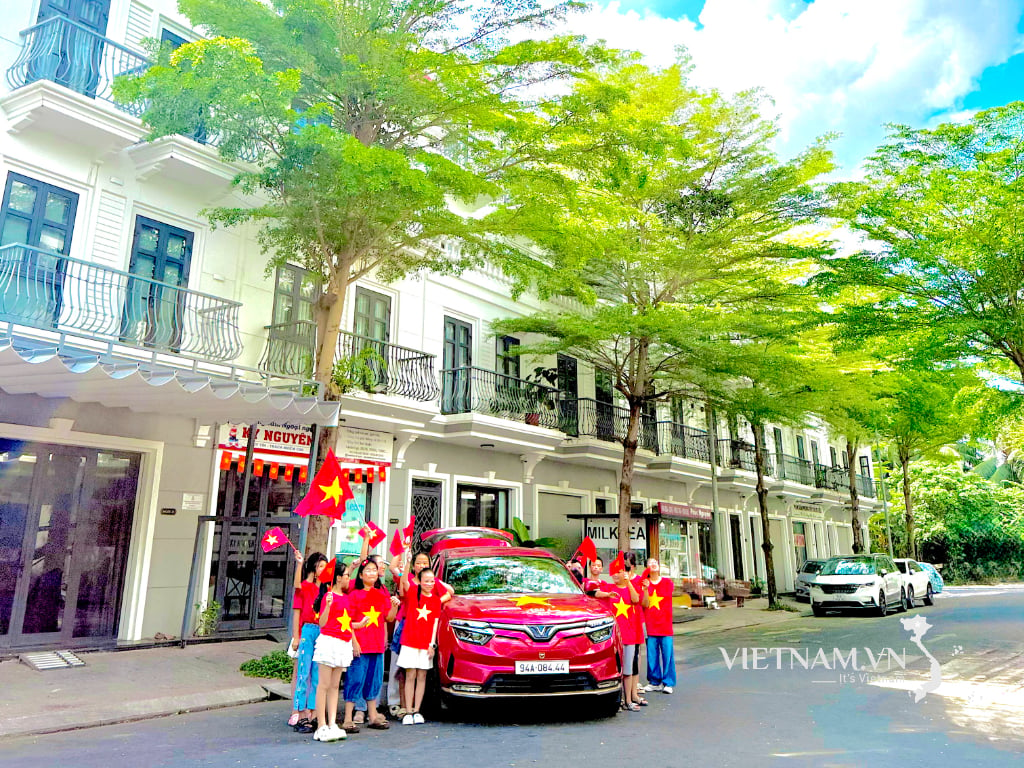



Comment (0)